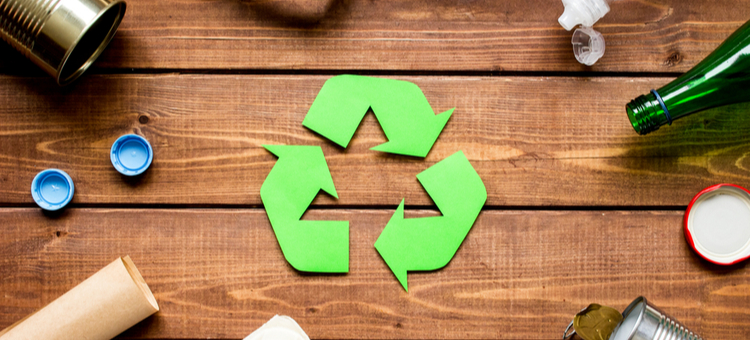Restaurant Sustainability
Can you imagine adding up all the food wasted at your favorite restaurant in one day? Multiply that by seven days. And now by 30 days. Could that not be donated to your local charity to help the starving? Maybe multiple charities? Could the amount of waste not be decreased, so there is no waste at all, so more revenue could go towards your investment?
Food is the number one culprit wasted on a large scale by both consumers and restaurants, but doesn’t have to be. Resources like energy and water follow. In fact, restaurants recycle cardboard, paper, grease, fat oil, and metals more than recycling wasted food. By simply monitoring how much food is wasted, one could use the excess to feed the hungry, or even calculate it “down to a science” to reduce the amount of waste to a minimum, or completely, and even boost revenue.
Did you know a 2018 study done by The National Restaurant Association shows that out of 500 businesses that they conducted surveys with, about half were monitoring their waste levels? The numbers are up from before, and will continue rising, due to large-scale to mom-and-pop restaurants finding more ways to reduce and utilize waste. The same study also concludes that 1 in 5 restaurants are donating their leftover waste to charitable organizations, and 1 in 10 restaurants are composting what they don’t or can’t use.
Simple things like weighing/measuring wasted food, changing light bulbs to energy-efficient lighting to changing toilets to low-flush toilets are some ways some restaurants currently reduce waste. These changes might cost a little up front, but the positive impact on society, plus the amount of revenue they can save makes it well worth the “hassle”.
Restaurant owners and managers play more of a vital role in society than meets the average eye.





